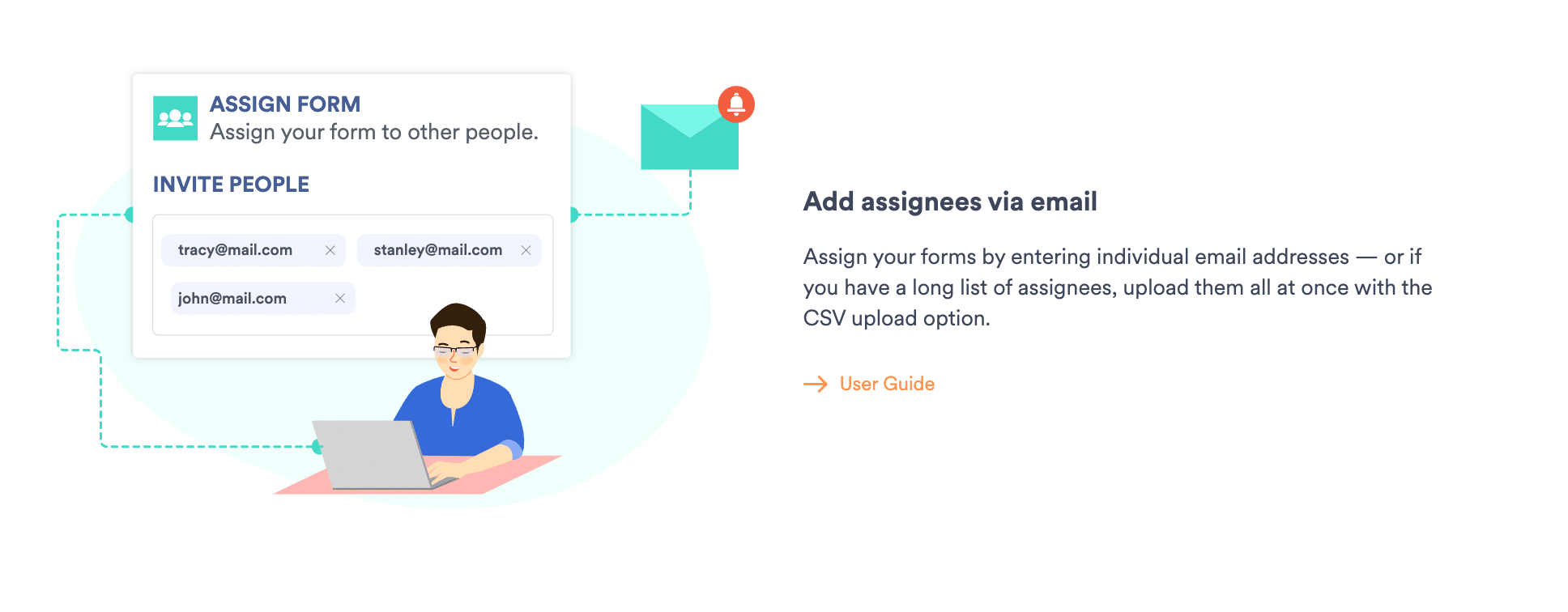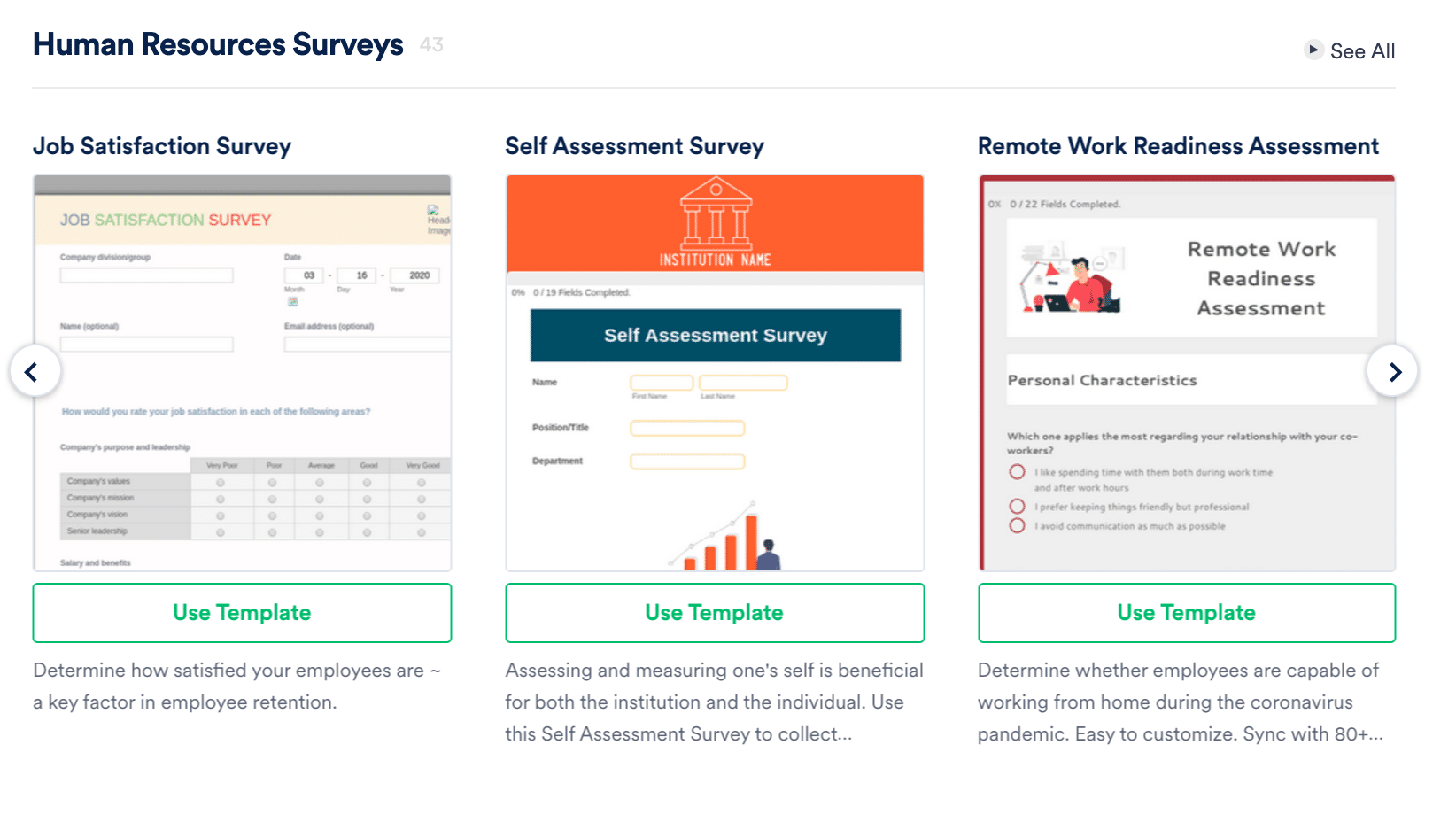Effective communication is crucial for the success of any business. Poor communication leads to missed deadlines, conflict, and unhappy employees. Workers should feel free to bounce ideas off of each other and provide feedback to improve the company.
Teams with good communication habits don’t happen by accident.
In this post, we’re sharing 11 tips to help managers and supervisors open the lines of communication and foster an environment of collaboration amongst their teams.
1. Over-communicate

One of the biggest challenges – especially for remote teams – is communication. In fact, it is virtually impossible to over-communicate on remote teams.
While it won’t solve all of your problems, it can be worthwhile to invest in communication software or apps, like RingCentral. These tools act as a communication hub and allow users to connect via chat, audio, and video. Many allow teams to upload, share, and edit files within the tool. This keeps teams connected, projects streamlined, and communications efficient and transparent.
2. Set a clear agenda for each meeting
Technology has made it easy to connect with teammates at a moment’s notice. Texts, emails, and chat rooms have made it simple to send quick communication at any time of day or night. However, meetings remain one of the most efficient ways to communicate lengthy or complex information. To ensure you aren’t wasting time or treading water during the meeting, make a game plan ahead of time.
Setting a clear agenda before each meeting ensures that time is used effectively, and all points are covered. Without an agenda, attendees tend to veer off-track and miss important information. Each agenda will be different, but here are some questions to help get you started in planning the outline of your meeting:
- Who will be speaking?
- What topics need to be covered?
- What is the goal or purpose of the meeting?
- How much time should be allotted per speaker? Per topic?
- How much time is needed for questions?
- What materials need to be distributed, if any, before the meeting?
- How do speakers and team members need to prepare for the meeting?
Most importantly, when you share the agenda with your team, be prepared to ask for feedback to improve the process. Take the feedback to make the next meeting more valuable and efficient for the team.
3. Schedule regular status updates

The more often you check in on your team and their workload, the better. Hosting daily or weekly stand-ups – be it through Slack, an online form, like JotForm, or in a recurring check-in call with the whole team or specific departments – can help to address roadblocks before they become serious issues.
Constant communication in the form of scheduled check-ins helps to unveil potential bottlenecks or issues with workflows. A simple check-in ensures everyone is on the same page and in good shape to complete their tasks for the day or week.
For example, you could auto-assign a 3-question form to your team every Friday where you ask them:
- What they accomplished this week?
- What’s on their plate next week?
- What roadblocks or challenges – if any – they are encountering?
4. Set up one-to-one weekly calls
Just as it’s important to meet with the whole team, it’s equally important to make time for individual meetings. Make it a point to schedule time weekly to talk with each team member. If the size of your organisation makes this difficult, it’s okay to set up the meetings biweekly or monthly instead. These can be audio or video chats, but it helps to use video when possible to bring a real human connection to the conversation.
In these one-to-one calls, you can talk to your employee about anything from their workload and thoughts on company policies to their ambitions for moving up in the business. Take the feedback and implement it when practical. The importance of these calls cannot be overstated. They’re the perfect opportunity to get to know your employee’s strengths, ambitions, and ideas for improving the organisation. They also help you get to know the employee as a person. They foster relationships and let the employee know they’re being heard within the company.
5. Encourage video calls

It’s tempting to shut the camera off and rely on audio-only for conferencing. It can be a bit unnerving at first to see yourself on camera. However, seeing each other on calls is key to relationship building when managing remote teams.
Team status meetings, one-to-one calls, and other business-related meetings can all be held through video chats.
Pro Tip: If the thought of turning on your webcam is intimidating to you, check out this guide with some simple video conferencing best practices.
However, video conferencing is also perfect for team-building activities. For example, remote teams can take turns sharing their office, favourite room, or possession on camera. When teams don’t work together in a physical office, it can be difficult to connect. Seeing each other and getting a glimpse of each other’s workspaces helps to strengthen bonds between coworkers.
6. Identify company goals
Every company has a set of common goals and objectives. These vary depending on the focus of the business, but they should be clearly defined. Communicate the established common goals to everyone on the team to make sure they all have a similar mindset and are working toward the same objective.
For example, if you own a tech support company, one of your goals might be to be responsive to clients. Knowing this is the company goal, should a client contact one of your employees after hours or on holiday, the employee would be more likely to respond to the request. Even if it’s to say they’re unavailable to take care of the issue immediately, but will address the concern the following business day. Without this clearly defined goal, the employee might not check their email after hours and would likely wait until the following day to respond to the client when they were back on the clock.
7. Initiate “stay interviews.”
Not many people are familiar with the concept of “stay interviews,” but they’re simple and work wonders for employee retention. This interview is a one-on-one discussion between a manager or supervisor and a valued employee. The objective is to find out what makes the person want to continue working at your company. It can unearth what makes your top employees want to stay or leave.
It helps to host these semi-informal interviews annually and around the same time of year for everyone. You don’t need to interview all employees, but you should interview the ones you do within weeks of each other. This way, you can compare your findings and quickly implement the feedback. Here are a few questions you could ask during the stay interview:
- “Are you happy working here?”
- “Do you feel fully utilised in your role?”
- “If you were your manager, what would you do differently?”
- “Where would you like to be two years from now?”
- “What positive experiences have you had here that have helped you grow as a professional?”
- “What type of negative experience would cause you to look for a different job?”
Many employees are happy that their future with the company and their feedback is being considered. Just by checking in and ensuring your team is happy with their job shows that you care about them and their professional growth.
8. Provide regular training opportunities
Training takes time, money, and effort, but it’s well worth the investment. Providing regular educational opportunities ensures that your team is keeping up with work-related trends and improving their skills that, in turn, help the company’s bottom line. While you can provide training on anything from Excel basics to advanced coding techniques, it’s communications training that’s often overlooked.
Training, specifically geared toward communications, helps improve the way teams collaborate in many ways. Beneficial communication courses are easy to find through sites like LinkedIn Learning and Udemy. This type of training helps improve the ability to inform and persuade, send effective messages, speak during presentations, build relationships, give feedback, and more.
Another type of training that can be invaluable is cross-departmental training. When you encourage employees in different departments to learn about other roles in the company, you’re setting them up for success. The goal isn’t to be able to transfer someone to a different department. Of course, if someone is interested in working in another department, you should have that discussion with them to see if it makes sense. But the goal here is to open the lines of communication and give team members insight into how other departments fit into the organisation.
For example, encourage your marketing department to have regular discussions with your developers. If the marketing team has a better understanding of how the software features are made and work, they can more effectively sell the benefits of it. And vice versa, if the developers know how the product will be marketed, they can communicate how the features work more clearly to the marketing team. Each side can learn from one another, and in turn, this creates a more cohesive experience across the company.
9. Create a virtual suggestion box

Have you ever gone to a store or restaurant and seen a suggestion box? One where you fill out a form with your comments or complaints and drop it in the box? This is the same concept. The beauty of a suggestion box is the ability to remain anonymous. You feel more comfortable leaving honest feedback that way, particularly if it happens to be negative. However, when it comes to remote teams, you can’t have a physical dropbox. But it would be best if you still protected anonymity from getting the most honest feedback possible.
A good way to offer an anonymous suggestion box to your employees is to utilise an online form or survey builder software like JotForm, which makes it easy for someone to build a survey in minutes and lets team members submit their responses in anonymity. It can be helpful to include a mix of multiple-choice and open-ended questions.
10. Celebrate milestones, birthdays, and team wins

Though you may not be able to meet in person to celebrate special occasions, you can still boost morale and encourage communication by celebrating them virtually. Little gestures make a big difference and help to build a community. It helps to make people feel appreciated and valued.
To celebrate with remote teams, announce the milestone through email or on the next call. You can even host a virtual happy hour to celebrate. You could also send a virtual gift card or small gift to employees on their special day. It doesn’t have to be expensive. It can be something as simple as a gift card for a cup of coffee at Starbucks.
11. Implement a corporate newsletter
Sending out a company newsletter helps everyone stay connected. It ensures everyone feels included and is informed about business updates. Newsletters can be sent weekly, monthly, or at another time interval that makes sense for your company’s needs. While there’s no set template you have to follow for a company newsletter, here are some best practices for internal messaging.
However, too often, company newsletters end up being dry and boring to read. Instead of simply including your company’s achievements and changes to your HR policies, have some fun with the newsletter.
For example, you could include a “Getting to Know You” segment. Each newsletter would feature a different employee and list fun facts about them like their hobbies, the names of their pets, their favourite foods, or where they would love to travel. You could encourage participation by leaving the name of the person off of the profile and letting everyone guess who it is. Then, reveal the name in the next newsletter.
**
In sum, there are many ways to encourage communication and collaboration across an organisation. Know that improving communication in the workplace is always a work in progress. Frequently evaluate your communication strategy and adjust as needed. Most importantly, make sure your employees know that their feedback and communication is valued.
Originally published Jul 14, 2020, updated Jan 16, 2023
